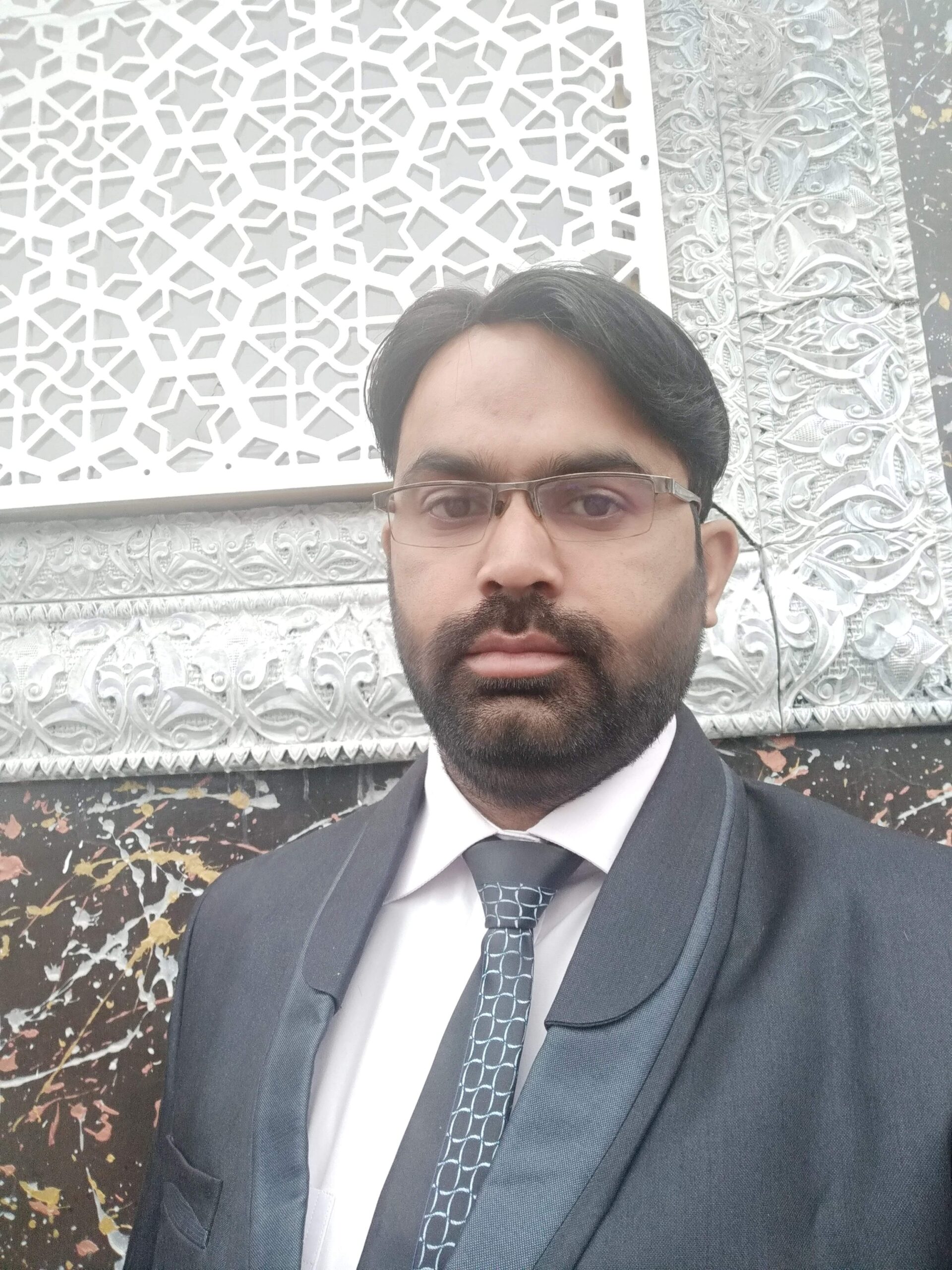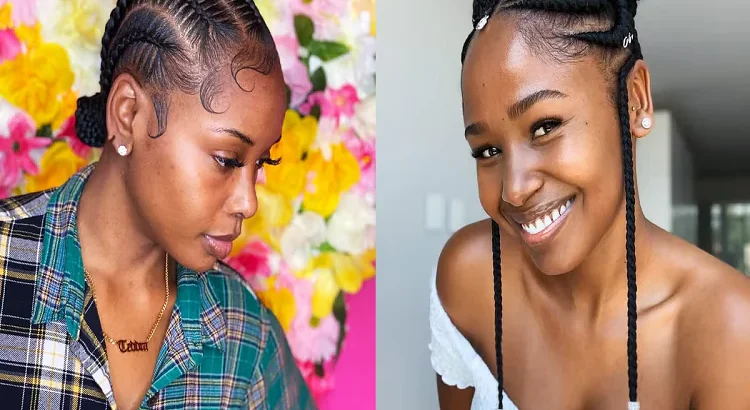Ghana braids are a key part of African braiding styles. They carry deep cultural meaning and are loved today for their beauty. These braids started in Ghana and show off identity and creativity.
They mix old traditions with new styles, making them good for your hair and easy to care for. Whether at festivals or everyday, they show off cultural pride and are a hit in fashion worldwide. This article looks at how these braids have evolved from ancient times to today’s trends.
The Rich Heritage Behind Traditional Ghanaian Hairstyles
Traditional Ghanaian hairstyles are more than just hairdos. They are stories from the past. For centuries, braiding has been a way to share culture and connect with family.
Origins and Cultural Significance of Braiding in Ghana
In West Africa, braiding has deep roots. The Akan and Ewe ethnic groups started these traditions. It was passed down from mother to daughter, showing pride and community.
Styles like Adenten and Nkyimpa were for important life events. They marked moments like childbirth or marriage. Braiding was a way to bond and share knowledge.
How Ghana Braids Evolved Through Generations?
Colonialism and migration changed Ghanaian braiding. Communities abroad shared their styles, mixing old with new. Now, braiders blend ancient patterns with modern designs, like Box Braids and French Braids.
This shows how traditions evolve but stay true to their roots.
The Symbolism of Different Ghanaian Hair Braiding Techniques
- Small Cornrows: Often worn by children, signaling purity and readiness for education.
- Large Braided Crowns: Reserved for elders, symbolizing wisdom and respect.
- Braided Beads: Used in festivals like Homowo, representing prosperity and joy.
Every pattern has a special meaning. It keeps cultural stories alive through each braid.
Popular Types of Ghana Braids to Consider
Ghana’s hair culture is a mix of tradition and innovation. It offers many options for braiding. Whether you like classic looks or modern updates, there’s something for everyone.
Classic Ghana Braids vs. Modern Variations
Traditional Ghana braids often have straight-back designs or tight cornrows. Modern styles blend these with creativity:
- Classic: They have clean lines and geometric patterns, showing cultural roots.
- Modern: They add curves, oversized braids, and mixed textures for a modern look.
Trending Ghana Weaving Styles in 2023
Here are some popular styles:
- Jumbo Ghana Braids: These are thick and bold, adding volume. They’re great for round faces.
- Invisible Braids: They are tiny and tight, looking like natural hair growth. They’re perfect for sleek styles.
- Curl-Ended Braids: The ends are curled for a fun twist. They’re perfect for casual or festival looks.
Celebrity-Inspired Ghana Braiding Patterns
Stars like Rihanna and Lupita Nyong’o have made Ghanaian braids famous worldwide. Here are some examples:
- Rihanna’s geometric Ghana weaving styles at Met Gala 2023.
- Lupita Nyong’o’s gold-dusted braiding patterns at the Oscars.
These looks show Ghana’s designs are both culturally rich and fashion-forward.
Essential Tools and Materials for Creating Ghana Braids
Starting with the right tools and materials is key to making stunning ghana braids. Whether you’re doing it yourself or getting a professional to do it, the right supplies make all the difference. For braids, you can choose between synthetic or human hair.
Synthetic hair is affordable and comes in many colors. Human hair, on the other hand, moves naturally. It’s best to pick hair that’s 8–12 inches long, depending on how thick you want your braids.
- Extensions: 100–200g of hair, based on hair length and style complexity.
- Combs: Fine-tooth combs for sectioning and rat-tail combs for precise parting.
- Cling Clips: To keep unbraided hair organized during the process.
- Edge Control: Gel or pomade to secure the hairline and reduce shedding.
Getting ready is important. Use a moisturizing leave-in conditioner to detangle your hair before braiding. Braiding gels or creams help keep the strands in place.
If you’re looking for a professional, find the best braiders in ghana by reading reviews or visiting local salons. Make sure they know how to do the braids you want, like box braids or bubble braids. It’s also important to talk about what you want by showing them pictures.
After getting your braids done, take care of them. Use silk scarves or satin pillowcases to keep them looking good longer. Choosing the right materials helps your braids last longer and prevents them from breaking.
Step-by-Step Guide to Perfect Ghana Braids
Learning to do ghana braids requires careful preparation and precise steps. Follow these steps to achieve sleek, long-lasting styles. These styles use traditional techniques for today’s hair care.
Preparing Your Hair for Braiding
Clean hair is key for great ghanaian braiding. Start by washing your hair with a sulfate-free shampoo and deep conditioning. Use a wide-tooth comb to detangle, then air-dry or diffuse for softness.
Apply a leave-in conditioner to prevent breakage during sectioning. Protect your edges with a satin headband before you begin.
Sectioning Techniques for Even Braids
Divide your hair into 4–6 even sections using clips. Work on one section at a time, parting it into smaller parts for evenness. Use a rattail comb to get clean lines.
For styles like box braids or cornrows, precise sectioning is important. It prevents uneven gaps or tightness.
Mastering the Feed-in Method
The feed-in method adds volume to your braids naturally. Start by separating a small strand of virgin hair. Twist it around the natural hair base, then braid downward.
Repeat this, keeping the tension even. This method avoids bulky roots and creates seamless transitions.
Finishing Touches and Styling Options
Seal your braids with a light hair serum to keep moisture in. For a decorative touch, thread beads onto the ends or twist braids into a bun.
Use a silk scarf to sleep on finished braids. Spritz edges with a hold spray daily. Avoid tight ponytails to keep your braids looking their best.
How to Keep Your Ghana Braids Looking Fresh for Weeks?
Keeping ghana braids looking good for 4–8 weeks is all about care. At night, wrap your hair in a satin or silk scarf to prevent frizz. Also, use a satin pillowcase to avoid tangles and protect your braids.
Wash your scalp once a week with a gentle shampoo and conditioner. Be gentle around the braids. Don’t use too much oil or gel to avoid buildup. Scalp serums can help with itchiness without weighing your braids down.
Edges can get frayed over time. Trim stray hairs with small scissors and use a clear gel or pomade for a neat look. These steps help keep your braids looking sharp. If your edges feel rough, get a professional touch-up.
Itchiness? Wear a satin cap and avoid scratching. Regular trims by a stylist are needed for new growth near the scalp. The best braiders blend new hair seamlessly. Look for braiders with good maintenance reviews.
Wear your braids for 4–8 weeks. If you see loose strands or feel discomfort, it’s time to take them out. Regular care with the best braiders in ghana keeps your style fresh. Proper care respects the cultural roots of these styles and makes them last longer.
Frequently Ask Questions
Ghana braids are a traditional African hairstyle. They feature cornrowed sections with thicker, more elaborate braiding patterns. These braids are known for their versatility and elegance, making them perfect for many occasions.
Ghana braids can last from 4 to 8 weeks with proper care. Regular washing and moisturizing help keep them looking fresh and extend their life.
You’ll need hair extensions, fine-tooth and rat-tail combs, hair clips, and edge control products. Also, leave-in conditioner and moisturizers are essential for preparation.
Yes, anyone can wear Ghana braids, regardless of hair texture. The style can be customized to fit different hair types and lengths, making it personal.
Trendy variations include jumbo Ghana braids, invisible braids, and styles with curly ends. These styles offer creative freedom while keeping traditional Ghanaian braiding techniques.
To find top braiders in Ghana, ask friends or check online reviews. Visiting local beauty salons known for African braiding can also help you find skilled professionals.
Different Ghanaian hair braiding patterns have cultural significance. They represent identity, age, marital status, and social position. Some patterns are for specific ceremonies or life milestones.
Ghana braids are relatively low maintenance. They need gentle washing, moisturizing, and protection at night to prevent frizz and keep their appearance.
Absolutely! You can style Ghana braids in many ways, like updos, half-up/half-down, or left down. Adding beads or scarves can also enhance the look.

Hi there! I’m M.Afzal, a passionate and experienced hair stylist with a love for creating unique and trendsetting looks. With years of expertise in the industry, I’m dedicated to sharing top-notch advice and inspiring ideas to elevate your hairstyle game. Join me on this journey of beauty and self-expression as we explore the captivating world of peekaboo braids and much more!

